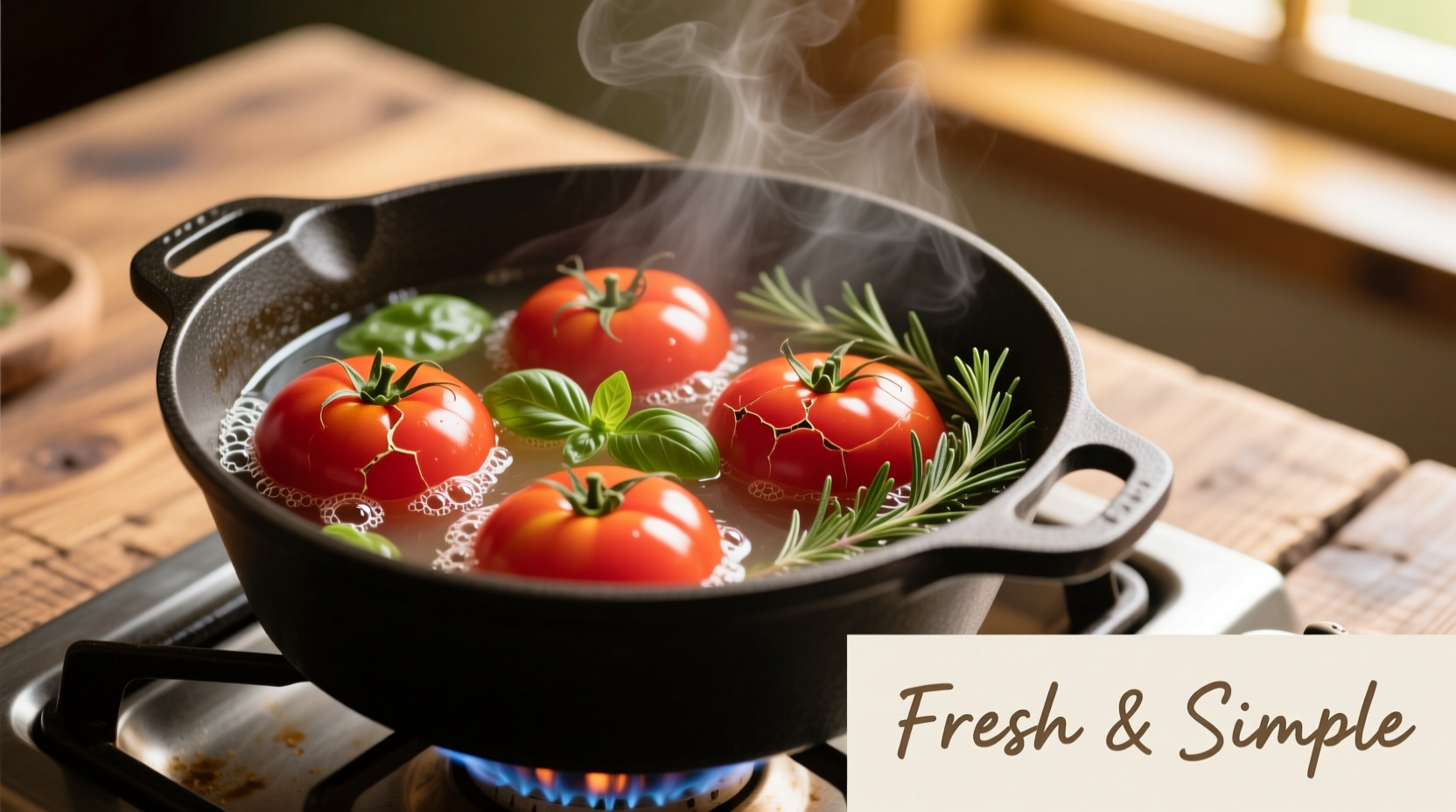When you search for tomato and soup, you're likely seeking more than just a basic recipe. You want to understand why this simple combination has endured across centuries and cultures, how to maximize its nutritional benefits, and what distinguishes authentic preparations from common misconceptions. This comprehensive guide delivers evidence-based insights that go beyond typical food blogs.
The Evolution of Tomato Soup: From New World Curiosity to Global Staple
Tomatoes arrived in Europe from Mesoamerica in the 16th century but weren't widely accepted as food until the 18th century due to initial beliefs they were poisonous. The first documented tomato soup recipe appeared in Mrs. Beeton's Book of Household Management (1861), though canned tomato soup didn't become mainstream until John T. Dorrance invented condensed tomato soup for Campbell's in 1897. This innovation transformed tomato soup from a seasonal specialty into a year-round pantry staple.
| Historical Period | Tomato Soup Development | Cultural Impact |
|---|---|---|
| 1500-1700 | Tomatoes considered ornamental | European aristocracy grew tomatoes as decorative plants |
| 1700-1800 | Gradual culinary acceptance | Spanish and Italian cooks began incorporating tomatoes |
| 1800-1900 | First soup recipes published | Appeared in American and European cookbooks |
| 1900-Present | Industrial production and global variations | Became one of the world's most recognized comfort foods |
Nutritional Science Behind Tomato Soup
Tomato soup's health benefits stem primarily from lycopene, a powerful antioxidant that becomes more bioavailable when tomatoes are cooked. According to USDA FoodData Central, a single cup (245g) of prepared tomato soup contains:
- 40% of the daily recommended vitamin C
- 25% of daily vitamin A needs
- Significant potassium and fiber content
- Approximately 150 calories (varies by preparation)
Research published in the Journal of Agricultural and Food Chemistry confirms that adding healthy fats like olive oil to tomato soup increases lycopene absorption by up to 400%. This explains why traditional Mediterranean preparations often include olive oil.

Global Variations: Beyond the Basic Recipe
While American kitchens typically feature creamy tomato soup, global interpretations showcase remarkable diversity:
Mediterranean Traditions
Italian Zuppa di Pomodoro features fresh basil and extra virgin olive oil without dairy. Spanish Gazpacho, though technically a cold soup, demonstrates how tomatoes combine with vegetables in soup applications. Both preparations emphasize ingredient quality over complexity.
Asian Adaptations
In India, tomato-based soups often incorporate ginger, cumin, and curry leaves, creating a flavor profile distinct from Western versions. Southeast Asian variations might include lemongrass and kaffir lime for a citrusy note that balances tomato acidity.
Practical Considerations for Home Preparation
Understanding these key factors will improve your tomato soup results:
- Acidity management: Tomatoes' natural acidity (pH 4.3-4.9) benefits from balancing with sweet elements like carrots or a pinch of sugar
- Texture control: Blending while hot creates smoother texture but requires caution; blending in batches is safer
- Flavor development: Sautéing aromatics before adding tomatoes creates deeper flavor through the Maillard reaction
- Nutrient preservation: Cooking tomatoes for 20-30 minutes optimizes lycopene availability without significant nutrient loss
Avoiding Common Tomato Soup Mistakes
Professional chefs consistently identify these frequent errors in home preparation:
- Using poor quality canned tomatoes (opt for whole peeled tomatoes in juice rather than pre-seasoned varieties)
- Skipping the crucial step of cooking out raw tomato flavor (simmer at least 20 minutes)
- Adding dairy to boiling soup (causes curdling; temper dairy by adding hot soup gradually)
- Over-relying on sugar to balance acidity (use natural sweet vegetables instead)
When Tomato Soup Isn't Appropriate
Despite its versatility, tomato soup has specific limitations:
- Acid-sensitive conditions: Those with GERD or ulcers may need to limit tomato consumption
- Color considerations: Bright red color doesn't complement all presentation styles
- Flavor conflicts: Doesn't pair well with strongly flavored seafood or delicate herbs
- Texture requirements: Unsuitable for applications requiring clear broth
Practical Application Guide
Follow this professional approach for consistently excellent tomato soup:
- Start with quality tomatoes: San Marzano varieties offer ideal sweetness-to-acidity ratio
- Sauté aromatics: Onion, garlic, and celery in olive oil until translucent
- Add tomatoes and simmer: Cook 20-30 minutes to develop flavor
- Blend carefully: Use immersion blender or cool before transferring to countertop blender
- Finish with fat: Stir in olive oil or cream off-heat to preserve texture
- Season last: Salt after blending as concentration changes during cooking











 浙公网安备
33010002000092号
浙公网安备
33010002000092号 浙B2-20120091-4
浙B2-20120091-4